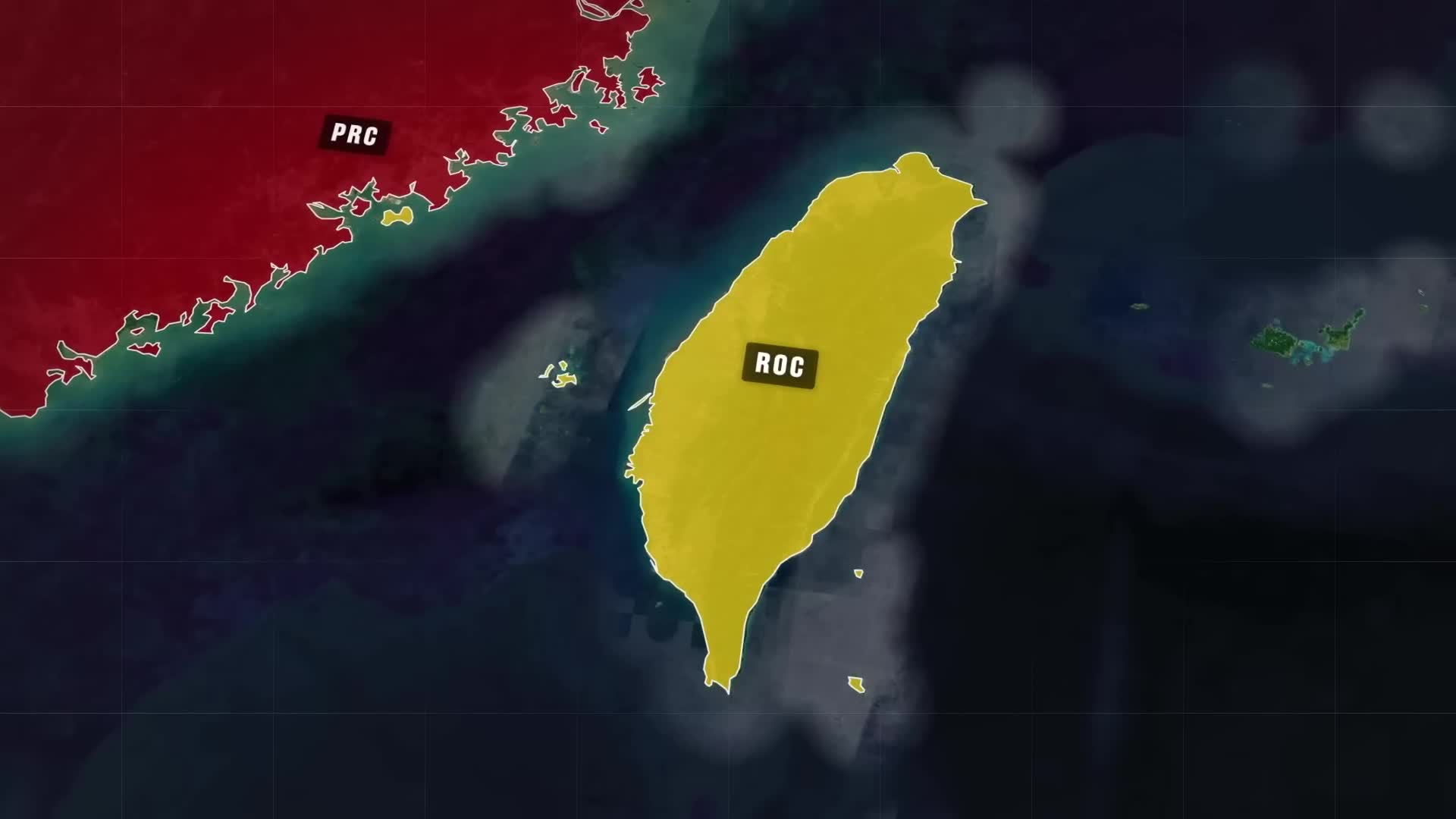NATO Alliance
What is Russia's stance on NATO troops being deployed in Ukraine as part of a peace deal?
Russia has taken a firm position against any NATO military presence in Ukraine as part of potential peace arrangements. According to the clip, Russia explicitly states that 'the appearance of troops from NATO countries in Ukraine as part of any peace deal is completely unacceptable.' This categorical rejection highlights a significant obstacle to peacekeeping efforts in the region. Russia's opposition exists despite discussions about potential foreign troop deployments that President Zelensky has suggested could range between 50,000 and 110,000 personnel. This stance underscores the complex geopolitical tensions that continue to shape conflict resolution attempts in Ukraine.
Watch clip answer (00:09m)How does the potential peacekeeping mission in Ukraine differ from previous British military deployments?
The potential peacekeeping mission being considered in Ukraine differs significantly from previous British deployments in Bosnia and Sierra Leone. While British troops previously participated in UN peacekeeping missions in both those countries in the 1990s and early 2000s, the Ukraine operation would be fundamentally different in scale and organization. The Ukraine mission would be much larger in scope than previous deployments. Additionally, it would not operate under the traditional United Nations framework that governed the Bosnia and Sierra Leone operations, nor would it be conducted as a NATO mission. This represents a departure from established peacekeeping models Britain has participated in previously, suggesting a novel approach to military intervention in the current Ukraine conflict.
Watch clip answer (00:16m)How might Trump's return to office impact U.S. financial aid to Ukraine?
Trump has been highly critical of U.S. financial assistance to Ukraine, describing President Zelenskyy as "the greatest salesman on earth" for securing nearly $91 billion in U.S. aid since Russia's 2022 invasion. Trump's primary concern appears to be the military portion ($60 billion), which represents half of Ukraine's total foreign military support. This contrasts with the EU's contribution of $45 billion in military aid despite the war occurring on their doorstep. Trump's return would likely result in reduced U.S. military funding to Ukraine, with potential pressure on European allies to increase their financial commitment.
Watch clip answer (01:30m)What might Donald Trump's return to the White House mean for American foreign policy, particularly regarding Ukraine and NATO?
Trump's second term, beginning January 20, 2025, will likely mirror his first term's foreign policy approach, characterized by impulsiveness and unexpected shifts in direction. Regarding Ukraine specifically, Trump may reduce U.S. aid in the ongoing conflict with Russia, potentially reshaping America's involvement in global affairs. His relationship with NATO and European leaders could significantly influence regional security and power dynamics throughout Europe for years to come. However, as the analyst emphasizes, any predictions about Trump's specific actions remain highly speculative, given his unpredictable decision-making style.
Watch clip answer (01:21m)How might Trump's foreign policy approach impact the U.S. position in Asia and Europe?
Trump may pivot U.S. military resources away from Europe and the Middle East toward the Pacific to deter potential Chinese aggression against Taiwan, especially as China's likely window for attack approaches in 2027. This strategy involves redirecting troops, equipment, and potentially halting billions in Ukraine military aid to strengthen America's Asia-Pacific posture. While this reallocation could bolster Taiwan's defense, it risks emboldening Russia in Ukraine or elsewhere in Europe if European allies don't adequately fill the security gap left by reduced U.S. presence.
Watch clip answer (01:52m)Why did countries of Central and Eastern Europe decide to join NATO?
Countries of Central and Eastern Europe decided to join NATO voluntarily for their own strategic reasons during the late 1990s and early 2000s. Following the collapse of the Berlin Wall in 1989 and German reunification, these nations made sovereign choices about their security alignments. Their decisions were driven by their specific geopolitical interests rather than being forced into the alliance. This perspective highlights the agency of these countries in determining their own security arrangements in the post-Cold War era, contrasting with narratives that portray NATO expansion as primarily a Western-driven process.
Watch clip answer (01:03m)


